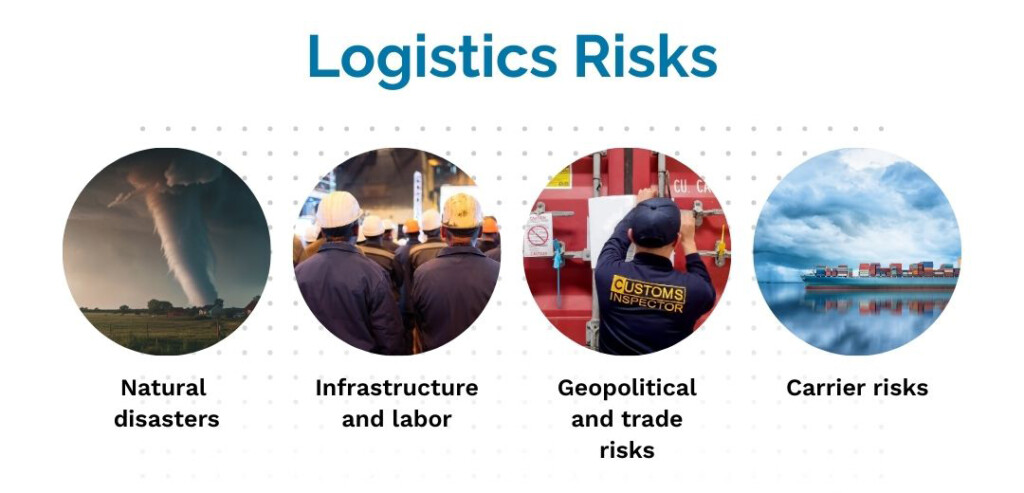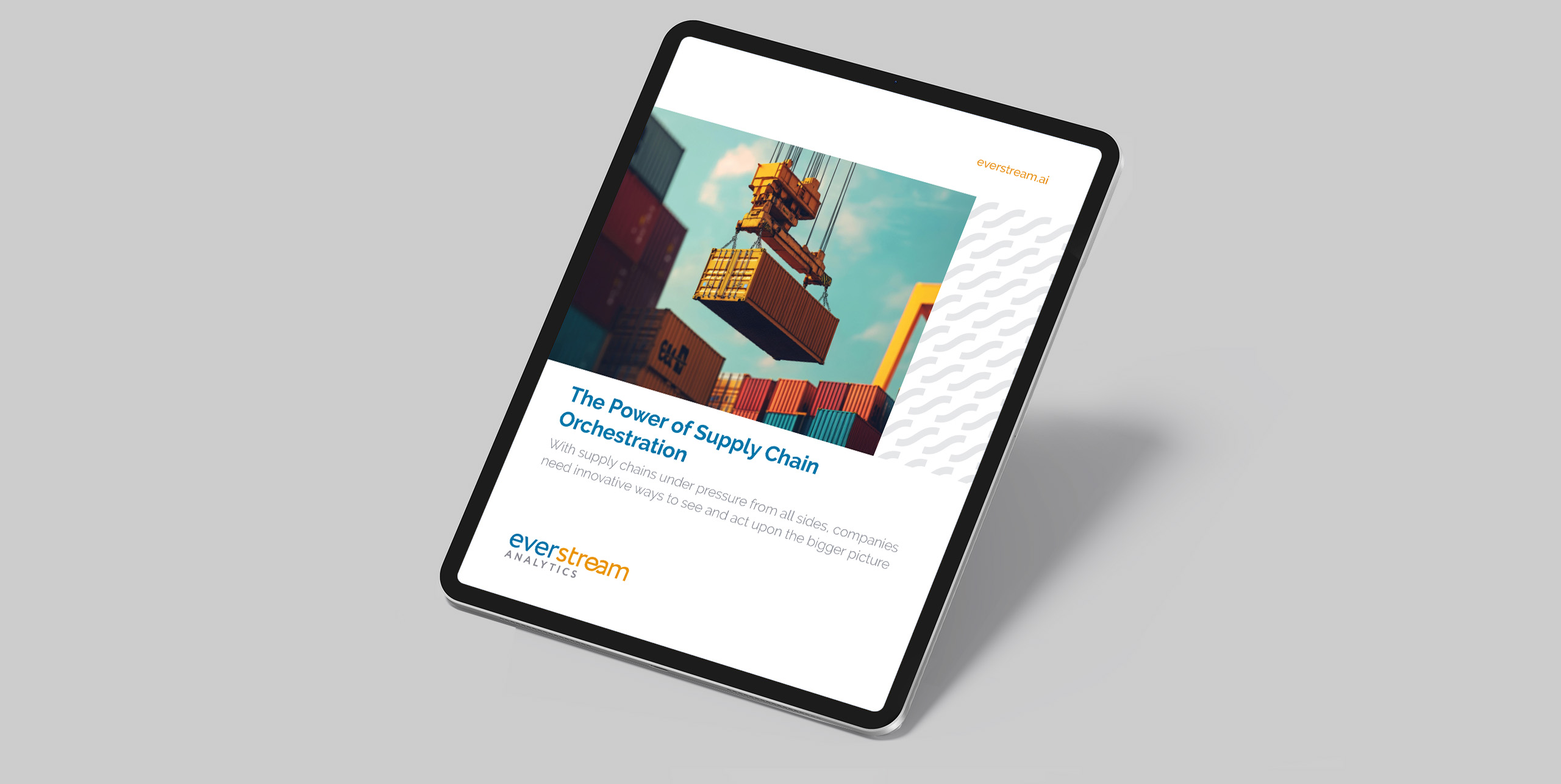For decades, the primary focus of logistics was creating lean, just-in-time systems.
Leanness offered great gains in terms of cost control and efficiency. But there was a tradeoff – a lack of resilience in the face of disruptive events.
The global events that impact logistics are unique in their ability to snarl up millions of supply chains. But logistics professionals face less newsworthy challenges every day – from storms closing transportation nodes, to backlogs at border crossings.
These are recurring challenges that can bring production to a halt, negatively affecting profitability, customer satisfaction and brand reputation.
Something will inevitably go wrong, at least some of the time. Unfortunately, some risks remain unpredictable, such as the 2025 Russian earthquake and the subsequent tsunami warning that threw logistics across the Pacific into chaos.
Large-scale disruptions are beyond any single company’s control. However, the most resilient and successful organizations know logistics optimization is no longer just about efficiency. Instead, it is about building a robust and agile network capable of navigating around disruption.
This requires a fundamental mind shift from reactive, crisis-management to a proactive, data-driven logistics risk management strategy.
The key lies in focusing on the elements of risk that are, in fact, within your company’s control.
Why You Need Logistics Risk Management: From External Shocks to Internal Strategy
It is easy to feel powerless when faced with a hurricane bearing down on a critical port or shifting trade policies. You can’t control the weather, or intergovernmental relations. So, focus on what you can control:
- Your logistics network design
- Shipment planning
The core of this new approach is built on three controllable pillars: mapping the network, monitoring for threats, and making data-driven decisions. This allows you to optimize your logistics operations for risk to avoid predictable disruptions.

Figure 1: Mapping and monitoring your logistics network allows you to see risks during the planning and tender process
Mapping the Network: You Can’t Protect What You Can’t See
The first step to de-risking your logistics operations is mapping your logistic network. This includes:
- Airports, ports, border crossings and rail terminals
- Shipping lanes and transportation routes
- Nodes
- Carriers
- Manufacturing plants, warehouses and other facilities
By mapping these elements, you create a digital twin of your network.
Armed with this information, you can get a clear picture of dwell times at ports and airports, port congestion, and other key performance indicators. This historical data will help you understand which parts of the network are more susceptible to disruption.
Monitoring Upcoming Threats: Predictive Risk Assessment
More importantly, once the network is mapped, the next step is to monitor it for potential threats. It is important to remember that these disruptions can be compound one another. Natural disasters can cause infrastructure damage; geopolitical changes can impact carrier capacity and so forth.

Figure 2: Logistics risks can be divided into categories, but these are often interconnected where one disruptive event can cause multiple knock-on effects
Supply chain risks include:
Natural disasters
You can track hurricanes, earthquakes, floods, drought and wildfires in real-time to understand their potential impact on mapped network nodes.
Infrastructure and labor
Here you can monitor issues such as port congestion, road closures, cyber-attacks, strikes, and labor shortages that can delay shipments.
Geopolitical and trade risks
Keep abreast of new tariffs, trade embargoes, political instability, and acts of war that could affect shipping lanes or supplier locations.
Carrier risks
You can get early warnings about potential carrier insolvencies, and other issues that could have an impact on your shipments such as litigation, or mergers and acquisitions.
This is not just about collecting data. Instead, it is about contextualizing that data against your specific logistic network to understand potential threats to your operations.
For example, a national rail strike is a piece of news. But an alert that says, “A planned rail strike will impact three of your critical inbound lanes next week, potentially delaying shipments to your primary manufacturing plant,” is actionable intelligence.
